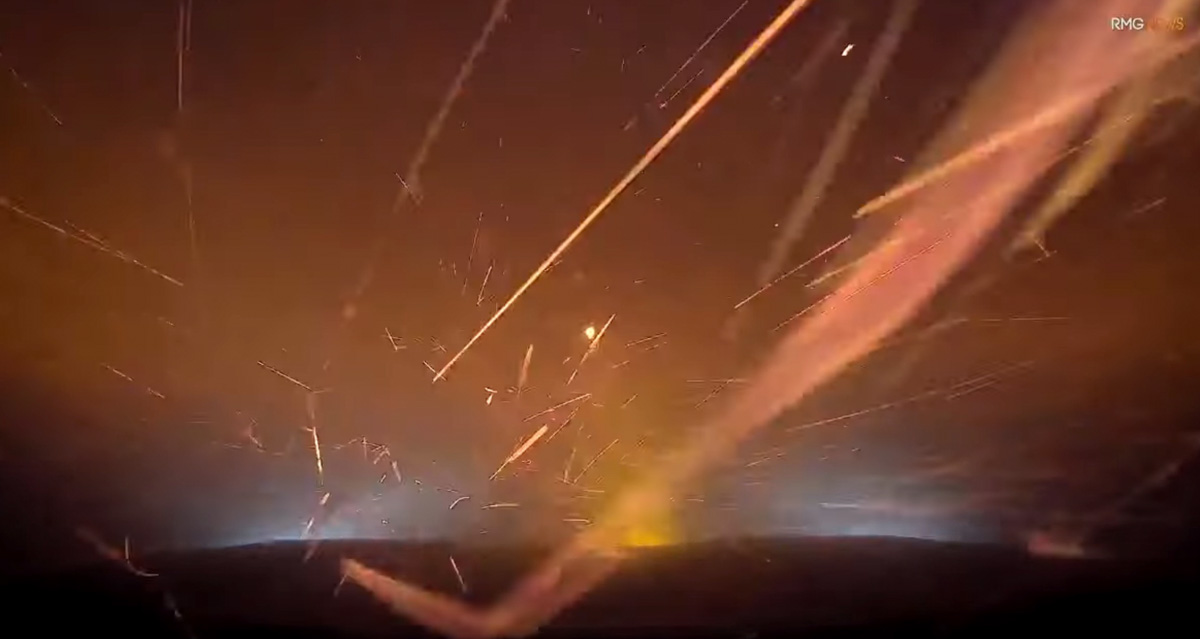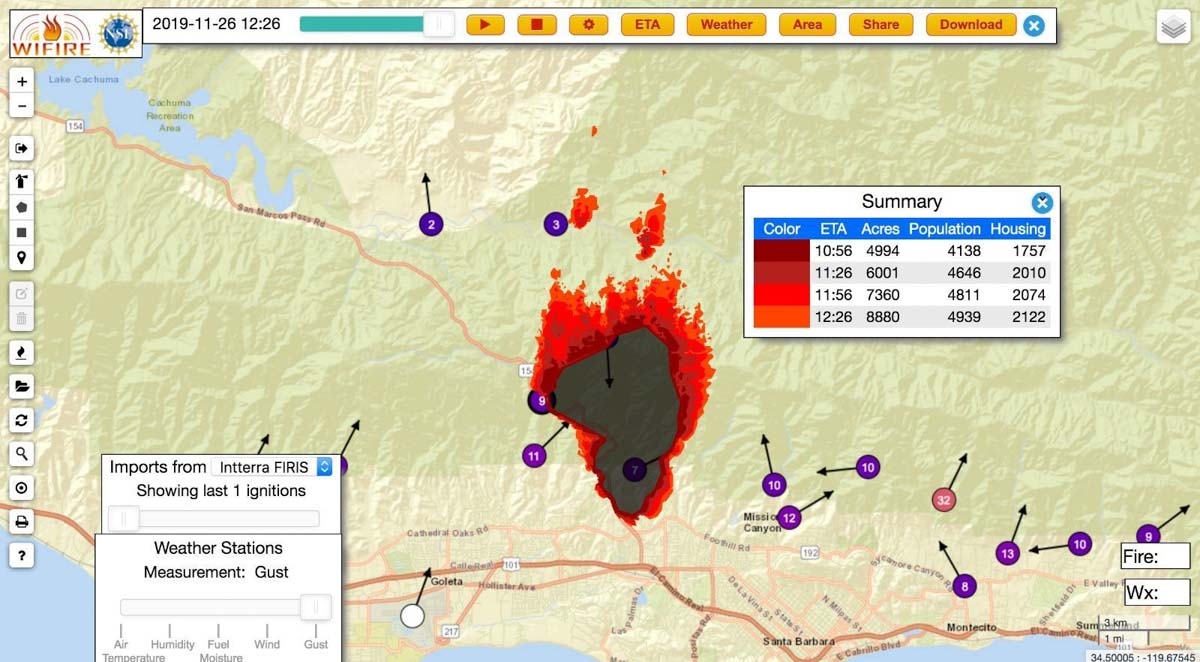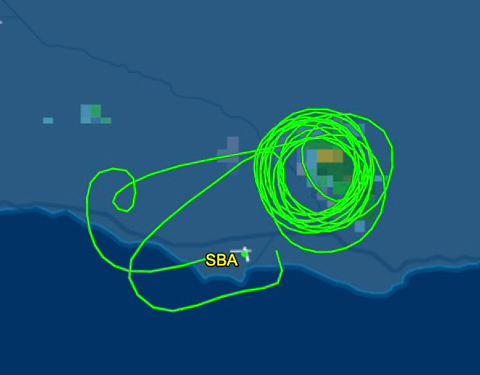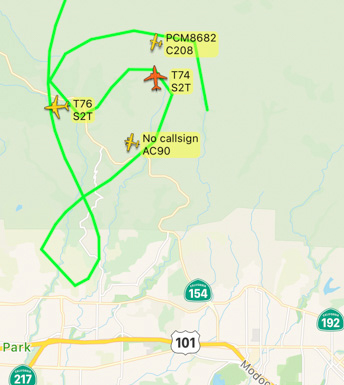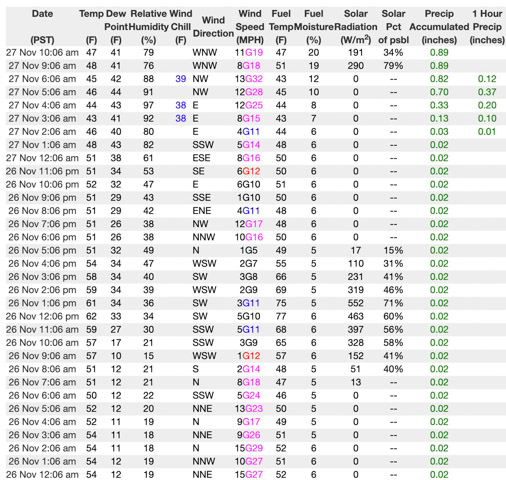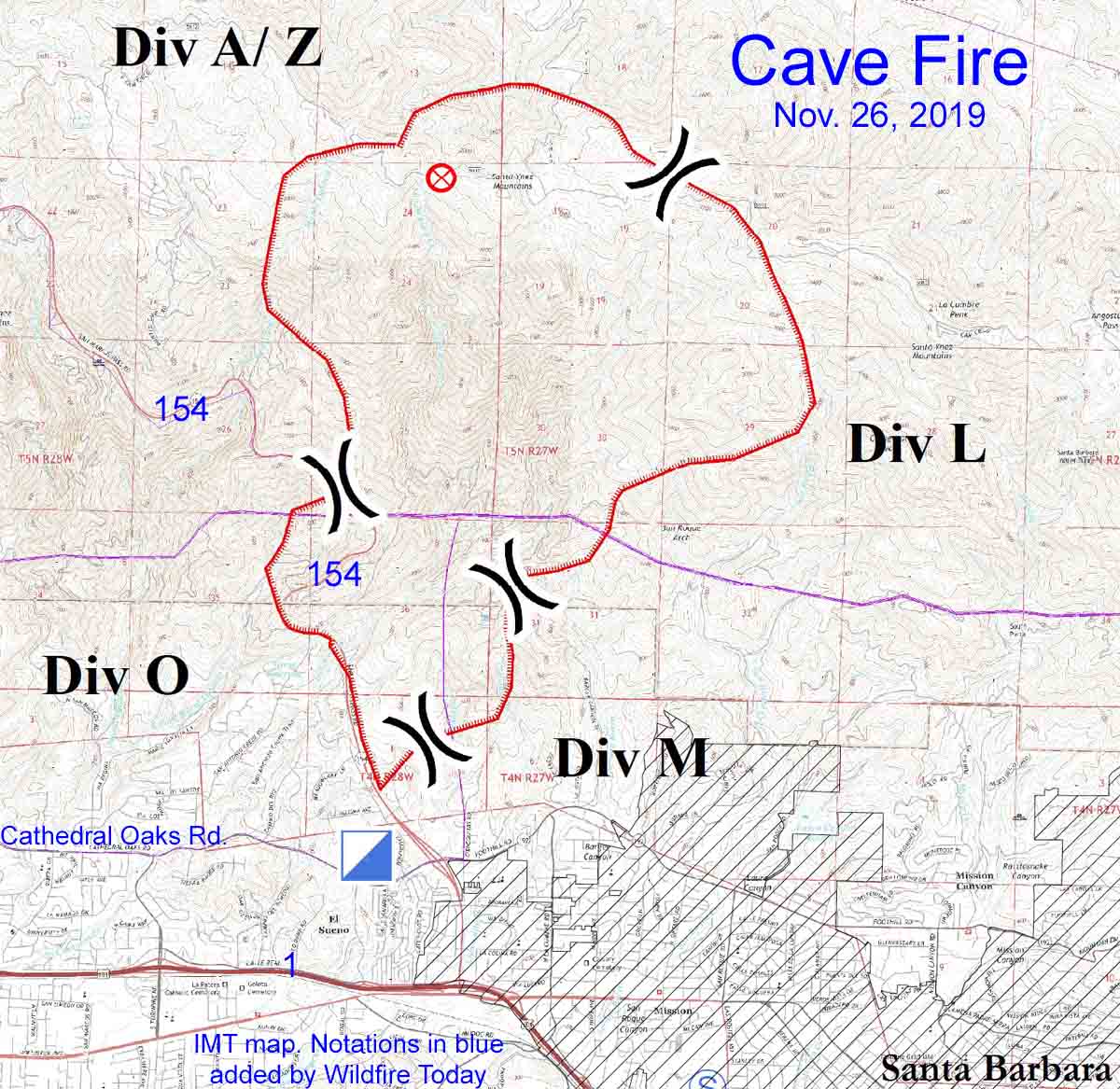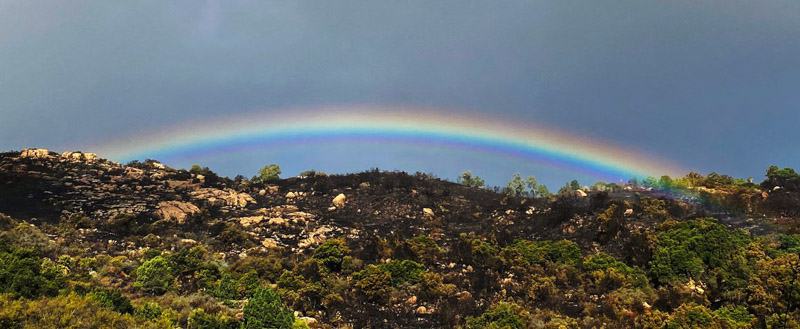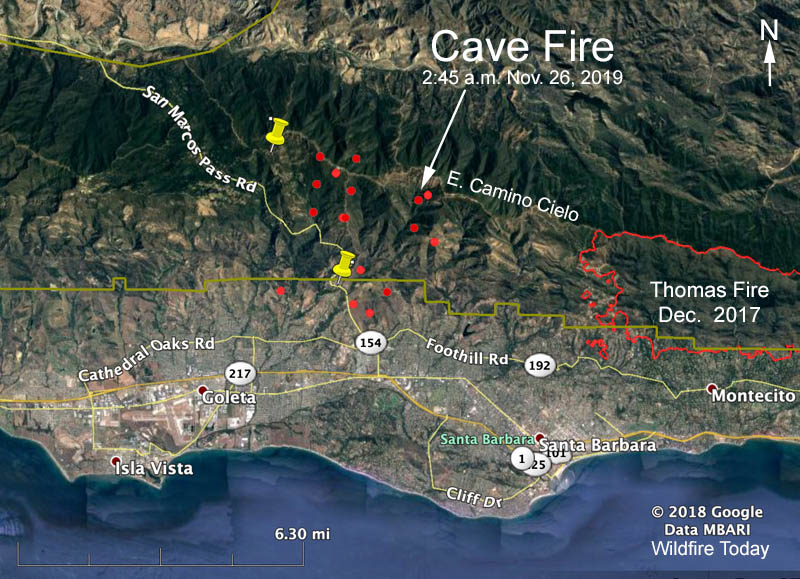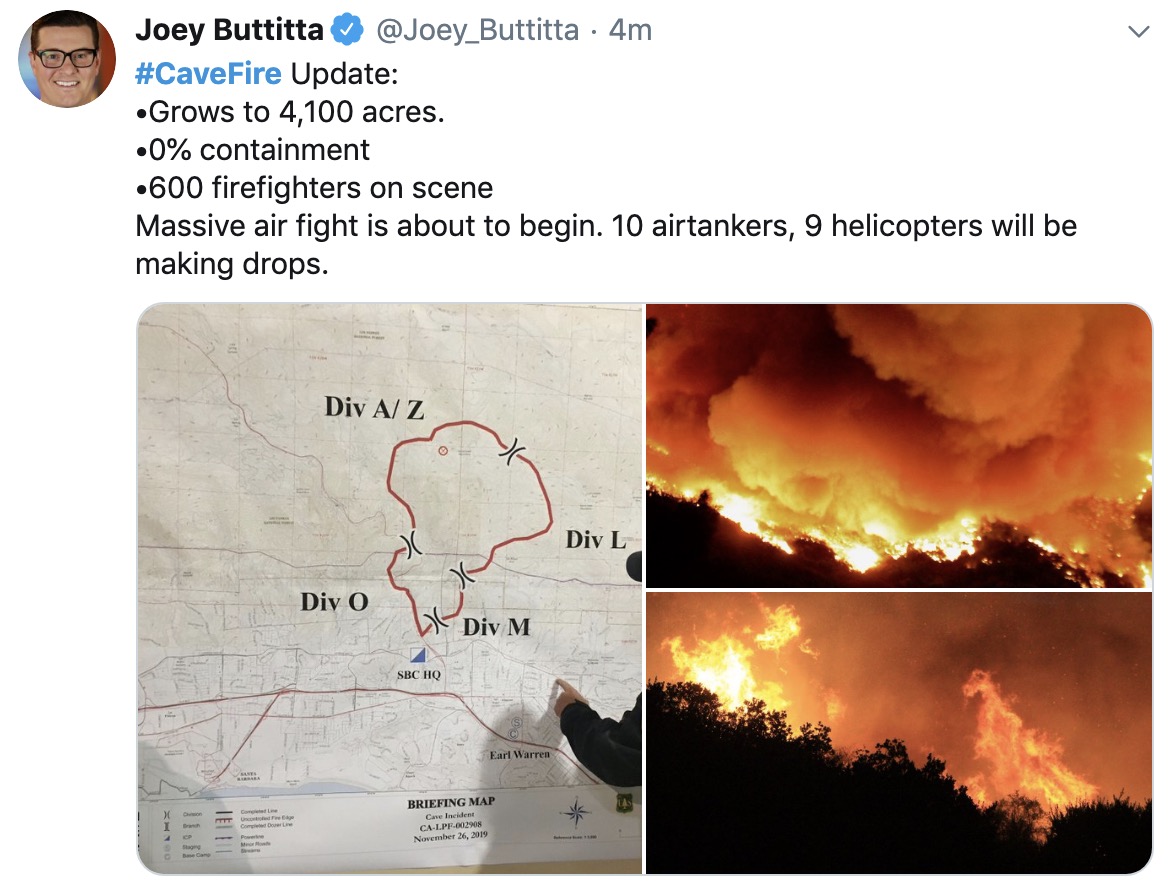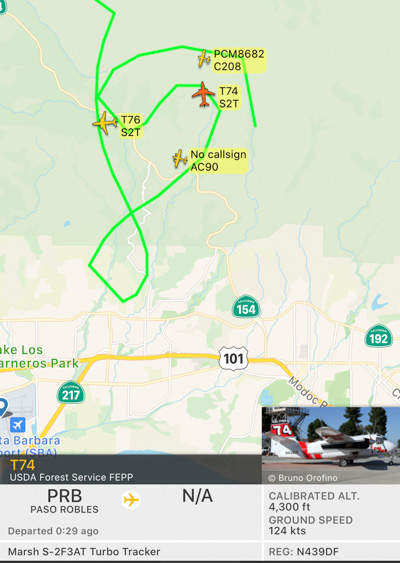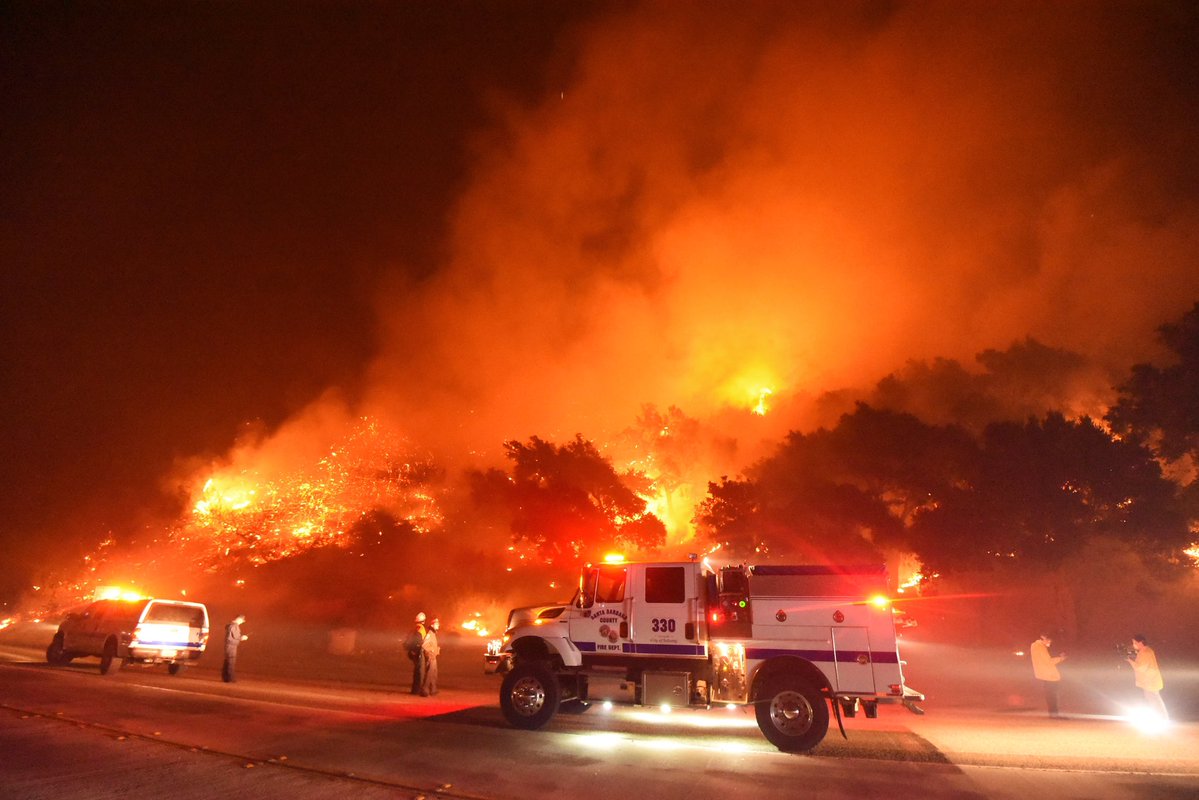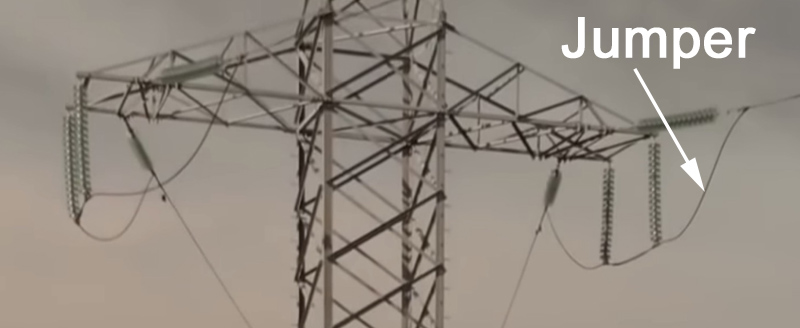
Pacific Gas & Electric (PG&E) told a judge on November 29 that it is investigating whether there is a systemic problem with a piece of hardware on their high voltage electrical transmission towers that can start wildfires, the San Francisco Chronicle reported. Investigators with PG&E and the California Department of Forestry and Fire Protection are looking at the possible failure of jumper cables on towers near the points of origin of two huge recent fires, the 2017 Camp Fire at Paradise, California and the Kincade Fire that started near the Geysers north of Santa Rosa October 23, 2019.
The Chronicle reported that “PG&E is also seeking more generally to determine whether there may be jumper cables that may be susceptible to failure for any reason in PG&E’s system,” the company told U.S. District Judge William Alsup.
It has been determined that PG&E equipment started the Camp Fire, but officially the cause of the Kincade fire is still under investigation.
On October 24 PG&E filed a required preliminary report with the California Public Utilities Commission that stated “at approximately (9:20 p.m.) on Oct. 23, PG&E became aware of a Transmission level outage on the Geysers No. 9 Lakeville 230kV line when the line relayed and did not reclose. At approximately (7:30 a.m.) on Oct. 24, a responding PG&E Troubleman patrolling the Geysers No. 9 Lakeville 230 kV line observed that CalFire had taped off the area around the base of transmission tower 001/006. On site CalFire personnel brought to the Troubleman’s attention what appeared to be a broken jumper on the same tower.”
Jumper cables are used on high voltage lines to route the wires around the metal tower so the electricity is not conducted into the structure. If a piece of hardware that supports the jumpers fails, the jumper wire breaks, or if it comes in contact with the steel tower, massive arcing will occur sending sparks and molten metal flying, which can ignite anything on the ground that is flammable.
The video below shows the ignition of the Kincade Fire on October 23 as seen in near infrared from a camera at Barham near Geyserville, California. Keep your eye on the bright light on the horizon left of center. It disappears at about 21:19:55 and 15 seconds later the fire can be seen growing rapidly.



